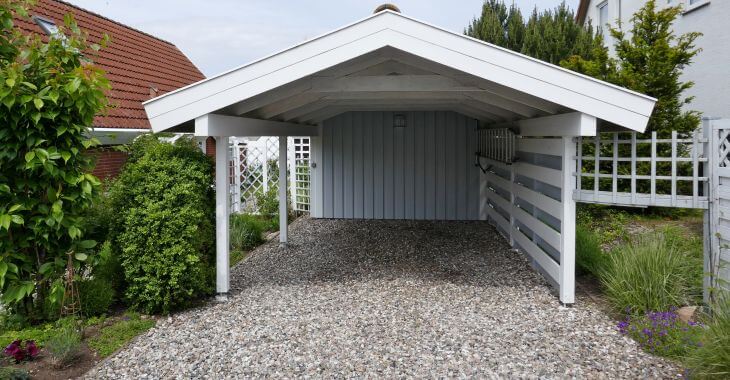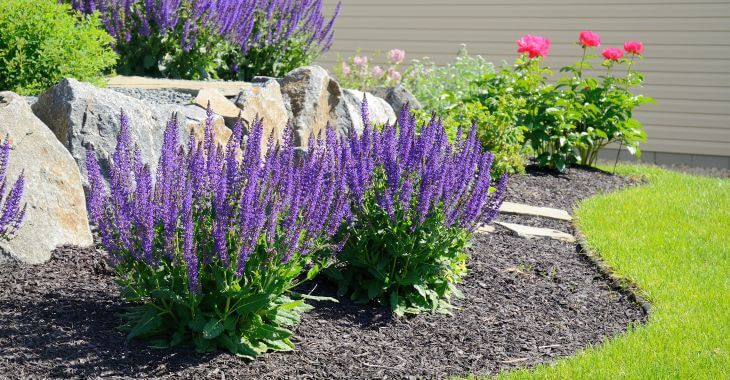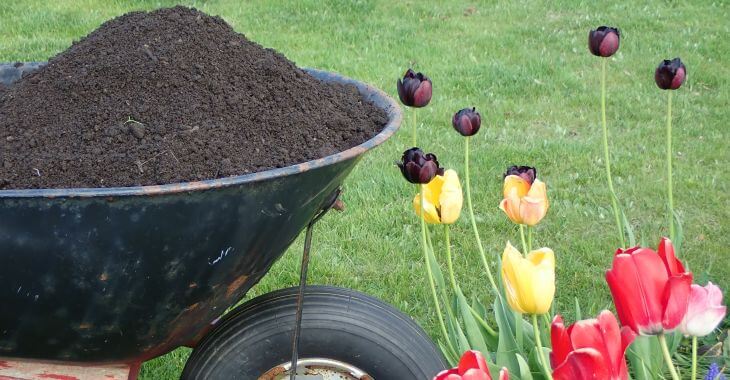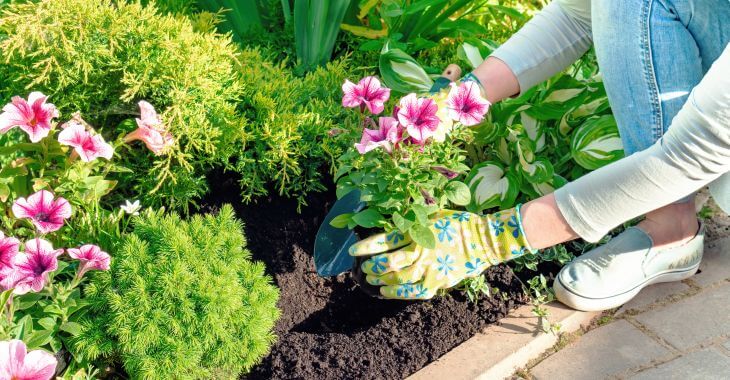What Size Gravel for Driveway? A Practical Guide

Choosing the right gravel size for your driveway isn’t just about looks—it’s about durability, performance, and cost. Whether you’re resurfacing an existing drive or starting from scratch, this guide will help you understand which sizes work best for a smooth, long-lasting result.
Gravel Layers: Why Size Matters
A well-built gravel driveway uses multiple layers of gravel, and each has a purpose. The base layer needs to support weight, the middle helps with compaction, and the top provides a smooth, attractive finish. Choosing the wrong size can lead to ruts, mud, or erosion over time.
Base Layer: Foundation First
The base layer of your driveway is the most important for strength. For this, crushed stone #3 or #4 (about 1–2.5 inches in diameter) is often used. These large pieces allow water to drain while locking together to form a stable, compact foundation beneath the surface.
Middle Layer: Compact and Stable
After the base, add a middle layer of gravel. This layer typically uses stones around ¾ inch in size, often called #57 gravel. It helps bind the top and base layers together while improving water flow. The shape and mix of stones help reduce movement and keep the driveway stable.
What Size Gravel for Top Layer of Driveway?
The top layer of your driveway should look good and drive smoothly. The best gravel for driveway top layers is often ¼ to ¾ inch in size. Pea gravel, decomposed granite, or crushed limestone are common picks for that clean finish. Smooth textures prevent tire damage.
Crushed Stone vs. Pea Gravel
Crushed stone locks tightly together, making it ideal for sloped or heavily used driveways. Pea gravel has a smoother, rounded texture that looks great but may shift more. When asking what size gravel for top layer of driveway, crushed stone is typically more durable.
Best Gravel for Driveway Drainage
Driveways need good drainage to prevent erosion and potholes. Coarser gravel helps water flow through, while finer gravel on top can keep the surface looking clean. For the top layer, ⅜-inch crushed stone is often the best gravel for driveway drainage and appearance.
Gravel Size by Driveway Type
For light residential driveways, a 3-layer system works well. For long rural or heavy-use driveways, you may need larger stones at the base and stronger compaction layers. Local soil conditions also play a role in which size holds best without shifting or rutting.
Gravel Size Chart for Quick Reference
- Base Layer: #3 or #4 gravel (1–2.5 inches)
- Middle Layer: #57 gravel (¾ inch)
- Top Layer: #8 gravel or pea gravel (¼ to ½ inch)
This 3-tier system supports weight, allows water drainage, and gives a smooth surface finish that lasts through all seasons.
Cost vs. Performance
Larger gravel is usually cheaper per ton but requires more effort to compact. Smaller gravel may cost more, but it improves curb appeal and smoothness. The best gravel for driveway performance strikes a balance between cost and long-term strength, as well as ease of maintenance.
If you’re doing it yourself, rent a compactor to lock each layer down. Spread gravel evenly to avoid dips and ruts. Compact after each layer. Consider adding a border to hold gravel in place, especially if you choose smooth or loose options like pea gravel.
Gravel Maintenance Matters
No matter what size gravel for top layer of driveway you choose, regular maintenance extends its life. Rake gravel back into place, refill low spots, and add fresh top layer every 1–2 years. Weed control fabric underneath can prevent grass and roots from invading.
If your driveway is showing deep ruts or water pooling, it’s time to regravel. Often, you can just refresh the top layer. But if the base has shifted, you may need to rebuild from the bottom up with new layers in the correct gravel sizes for lasting results.
Climate and Gravel Choice
In cold climates, frost can heave your driveway. A solid base layer with good drainage prevents damage. In wet climates, coarser gravel that drains quickly is key. In all cases, picking the best gravel for driveway means understanding local conditions.
Professional Advice Pays Off
While many driveways can be done DIY, landscape professionals have the experience to choose the right sizes, slope for runoff, and proper compaction. They also know what size gravel for the top layer of the driveway performs best in your exact area and soil type.

Final Thoughts on Choosing the Right Gravel
Think of your driveway like a layer cake. Start strong, build stable, and finish smooth. Don’t skimp on size or quality—each layer plays a role. With the right size gravel, your driveway will last for years, resist weather, and stay looking great.



